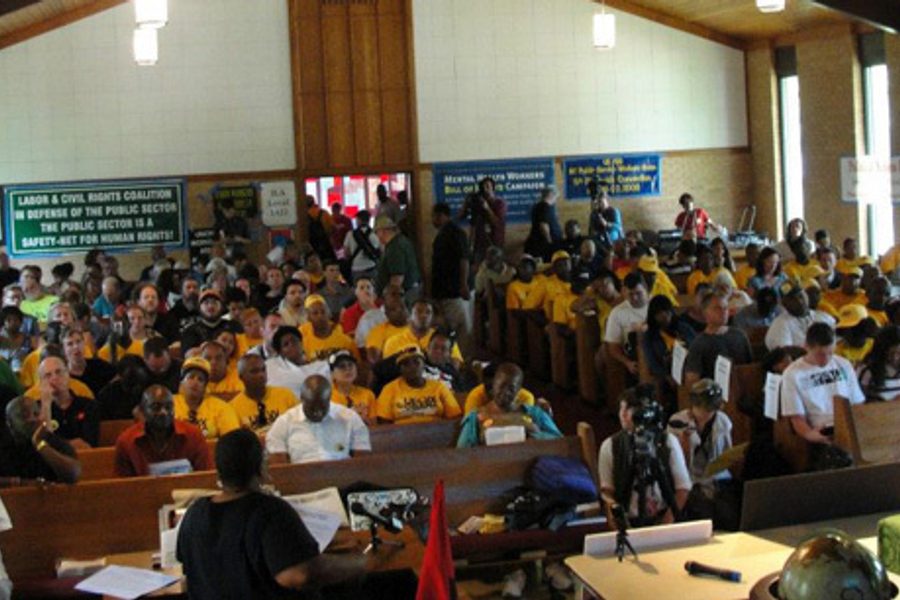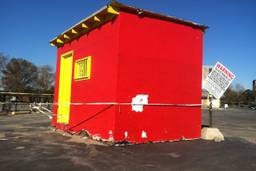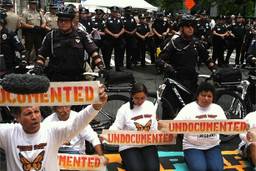
The changeable letter board outside Charlotte, North Carolina’s Wedgewood Baptist Church, just a few miles south of where the Democratic National Convention will be held, read, “Yes, a liberal church.” But the meeting going on inside yesterday, sheltered from the sweltering heat, was somewhat further left-wing than the board suggested.
The thunderous baritone of Saladin Muhammad, coordinator of Southern International Worker Justice, enjoined the assembled congregants to start “a transformative movement that seeks to reorganize the economic, social and political relationships that determine the value of labor, the distribution of the wealth created by the labor, and the lives of people and helps to create sustainability.”
Organized under the banner Southern Workers Assembly, the group seeks to begin a wide-scale effort to organize labor in the South, the region of the United States most hostile to the efforts Muhammad described. So-called “right-to-work” laws, in place all over the American South, hamstring workers attempting to unionize and assert collective bargaining rights, and draconian laws implemented to intimidate and deport undocumented immigrants create an even more precarious class of workers whose labor can be exploited for profit more easily.
A common theme from different speakers held that this situation is not the product solely of recent developments, but rather the result of groundwork lain over decades. Ashaki Binta, a field organizer for the United Electrical, Radio and Machine Workers of America (UE), gave the assembly the lay of the land, touching on the 1947 Taft-Hartley Act, which prohibited many types of strikes and gave the White House broad authority to intervene in labor disputes, “to prevent the power of labor from being exercised.” The shift of the textile industry into Southern labor markets benefited capital greatly, Binta noted, by way of the obstacles to union strength thrown up by Taft-Hartley. That same legislation also meant the end of Operation Dixie, the previous attempt by radical trade unionists to organize the south.
Binta also pointed out that the South is the U.S.’s epicenter of foreign direct investment. Municipalities and states throughout the region have attracted foreign capital by guaranteeing a docile, unorganized labor force and a minimal corporate taxation regime, The result, Binta said, is that foreign companies are not “paying taxes, they’re not supporting the local environment, they just take out, take out, take out” the wealth generated by the southern manufacturing economy.
Justin Flores, an organizer with the Farm Labor Organizing Committee, broadened the picture to include undocumented immigrant laborers. Free trade agreements in the booming economy of the 1990’s, Flores noted, “devastated the agricultural economy of Mexico and other countries,” stimulating Latin immigration to the United States. Now, with the economic downturn, those immigrants have become subject to what Flores hoped won’t be thought of as anti-immigrant laws but rather anti-worker laws. Instead of deporting undocumented workers, the solution lies in organizing them, Flores said, who added that the question “Which side are you on?” is more important than “Which country are you from?”
All of the speakers agreed that the road to a unionized American South will not be easy. But the answer is radical determination, Muhammad maintained.
“In this climate of crisis, workers feel isolated,” Muhammad said, “This is why we need more than a one-shop-at-a-time organizing strategy. We need a social movement in order for the working class to feel empowered and united.”








